In the past year, I have written about the different purposeful play activities to develop your child’s visual, auditory, tactile, mobility, language and manual development. As we embark into the year with more play ideas for our children, we must not forget the importance of providing them with a balanced and holistic program. Here are some reasons why a holistic program is important.
Growing Brains
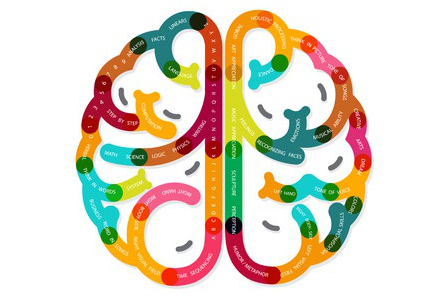
The key reason behind the series of purposeful play activities lies in the need to grow the brain. The experiences our little ones receive in the first few years of their life is crucial to how their brain develops. Parents of young children are often awed by their ability to pick up a new skill or language quickly. This is largely because a child’s brain grows explosively from birth to six years of age.
With the brain maturation process almost completed by the time they reach the sixth year of life, it is their early experiences that will determine the strength and function of their brain’s wiring system. The brain will only retain the connections and the pathways that a child frequently uses. The connections that a child does not frequently use will be pruned and discarded.
By introducing an intellectual and physical program at a young age, we increase the possibility of our little children achieving their potential while their brain is growing at a fantastic rate.
Curious and Curious-ier
Why do some dinosaurs have spikes on their tails? Why do some dinosaurs have neck frills? Are you constantly challenged by the number of questions your little children ask you each day? Consider a 16 month old, he walks around the house and puts his finger into the electric socket, spills water on the table and tears up all your office documents.
We assume that the little one is hyperactive from the way he conducts himself. But in fact, our little children do this because they are curious about their environment and they want to learn everything about it, from the way it tastes to the way it feels. While many have associated learning with schooling and tears, to the little children, learning is but the process of acquiring new knowledge.
When we intentionally or unintentionally limit the learning experiences for our children, we are slowly diminishing their desire to learn. Instead, we should fan their thirst for learning by feeding the never-ending curiosity of their world through a holistic program that exposes them to different movements, sights, sounds, textures, smells and tastes.
Move That Body!
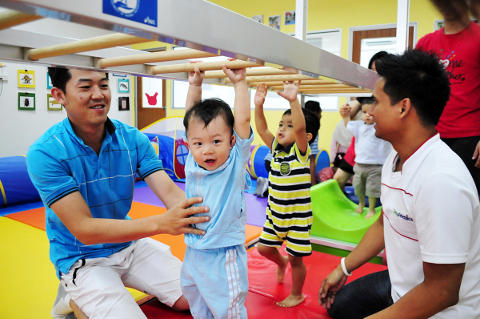
We are living in a time where children are pressured to develop intellectually at a very young age. Sometimes, this happens at the expense of a child’s physical development. They are spending a significant amount of time on sit down activities, watching television or playing with electronic devices. Our children are not engaged in activities that stimulate and develop a sense of movement. Children who lack the opportunity to run, jump and balance have shown difficulty in walking backward.
Similarly, they do not do as well in arithmetic and cannot accurately judge strength, speed and distances. It is developmentally inappropriate to expect our little children to sit still for long periods as they are still learning to control their balance. Without the opportunity to develop physical abilities, the brain is unable to develop the skills that are necessary for intellectual development. This points to the need for children to be given adequate physical activities and sensory experience that will develop their brains for later learning.
The Heart Of Learning
While engaging your child in a holistic intellectual and physical program, parents must be reminded that the heart of learning was never about competition, comparison or testing. Your children should associate their learning with a sense of joyousness, an involved set of parents and a good time of bonding. Have fun!
By Selene Diong, Principal Instructor at Sparkanauts.
This article was first published in The New Age Parents e-magazine.
* * * * *
Like what you see here? Get parenting tips and stories straight to your inbox! Join our mailing list here.
Want to be heard 👂 and seen 👀 by over 100,000 parents in Singapore? We can help! Leave your contact here and we’ll be in touch.












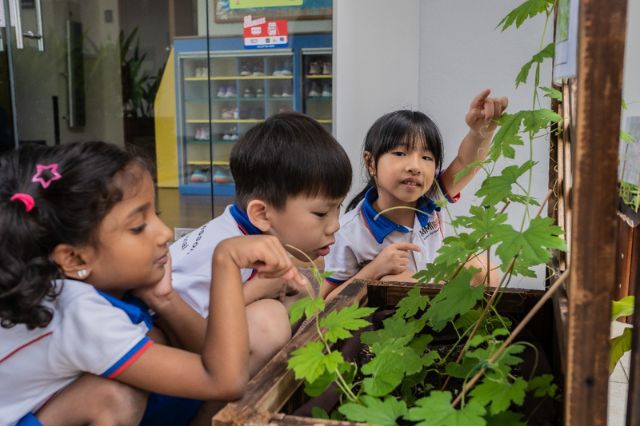







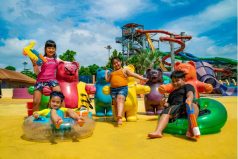
















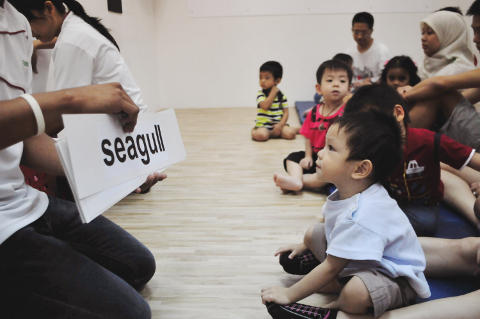
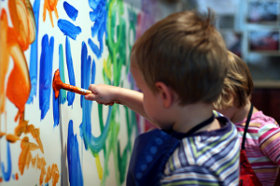
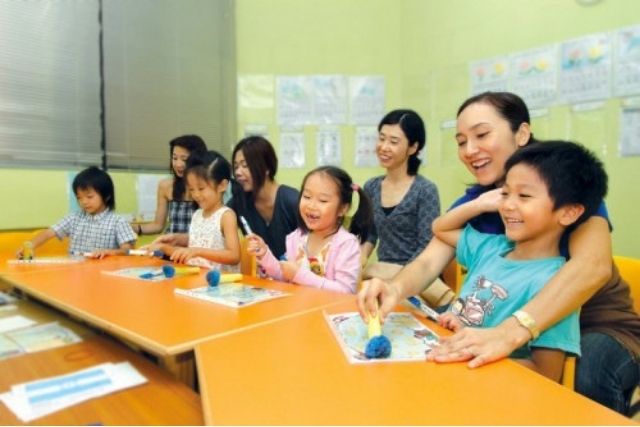
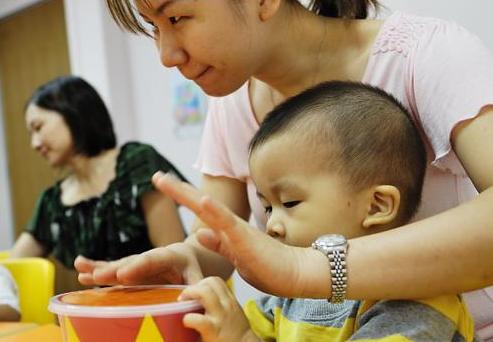



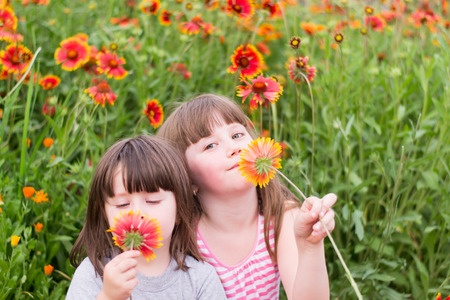
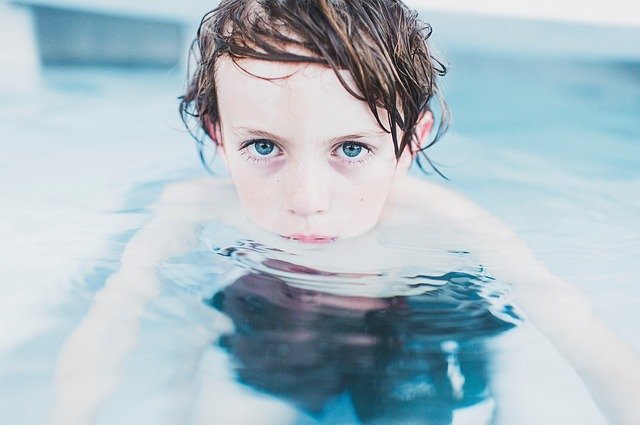

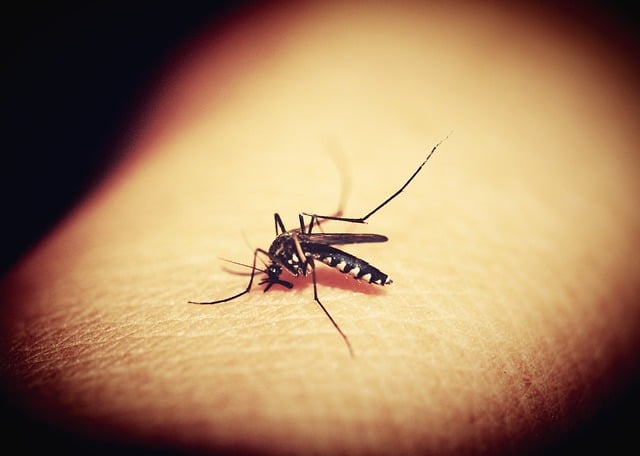
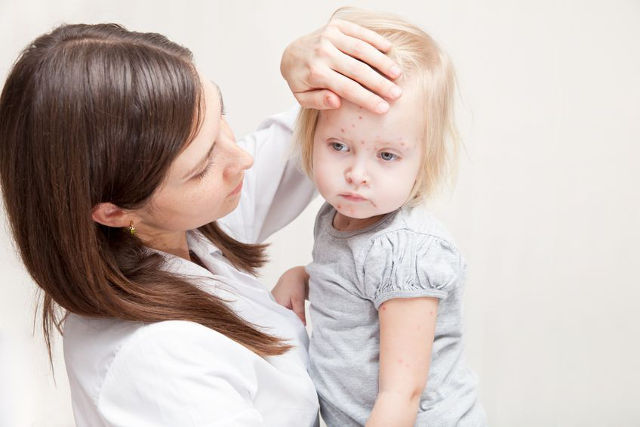



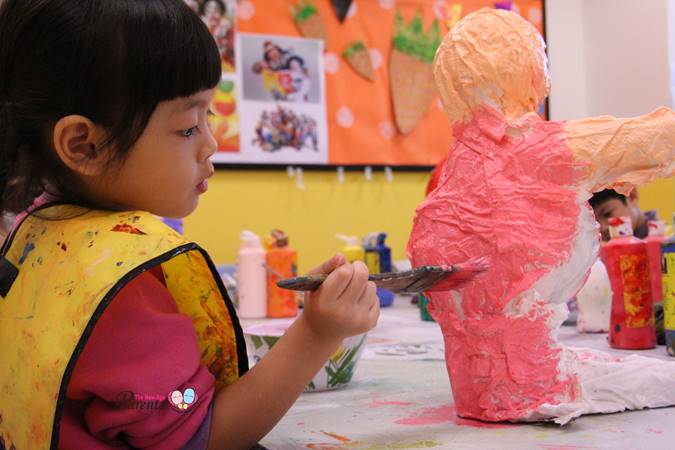







Leave a Comment: